Resources
APEC
Resources
The waste we throw away has a tendency of coming back in our air, water and food, directly affecting our livelihoods, economy and health. The theme chapter discusses a more sustainable production model — the circular economy — which minimises waste and optimises resource use by incorporating reuse, repurposing and recycling of materials into manufacturing and logistics. It discusses new business and trade opportunities provided by the circular economy in general and during the COVID-19 pandemic. Regional cooperation has an important role to play in facilitating the transition to a circular economy.
The next chapter on economic and trade trends shows that the APEC region has been slowing down in 2019, even before the onset of the COVID-19 pandemic. The region’s GDP growth slowed down to 3.6 percent in 2019 while merchandise trade value contracted due to uncertainty arising largely from persistent trade and technology tensions. In 2020, the APEC region is expected to contract by 2.7 percent due to the economic fallout from the pandemic, equivalent to an estimated output loss of USD 2.1 trillion. Getting back on the path of economic recovery post-pandemic requires a coordinated approach that could only be achieved through regional cooperation. APEC as a region needs to bolster health systems, improve social protection, exercise prudent fiscal management, and maintain monetary stability to be able to deploy emergency measures during episodes of crisis.
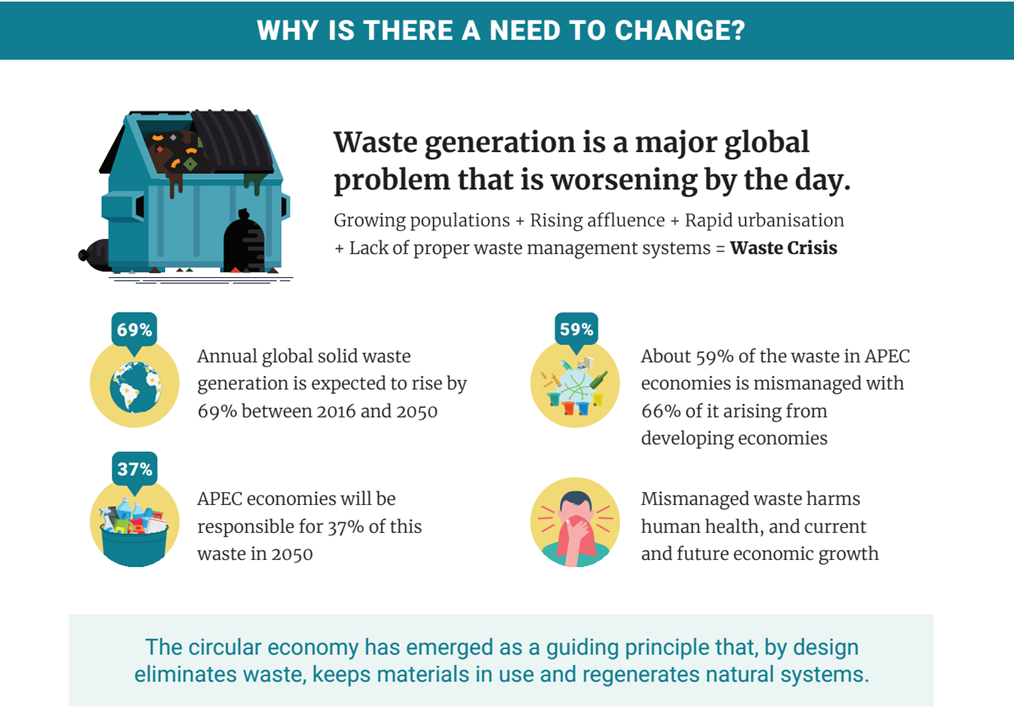
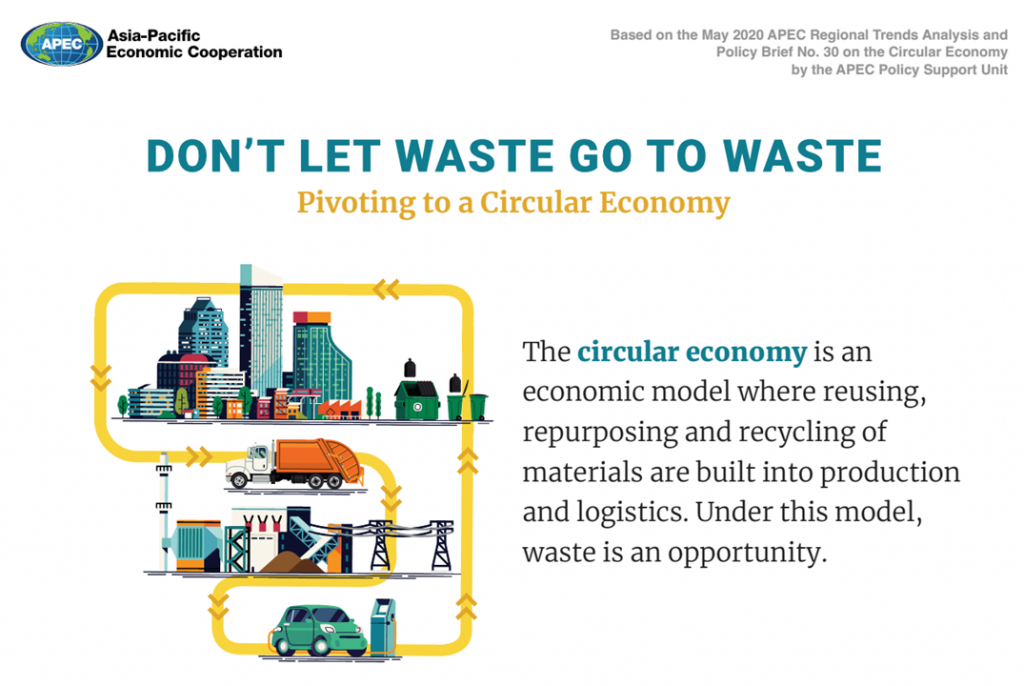
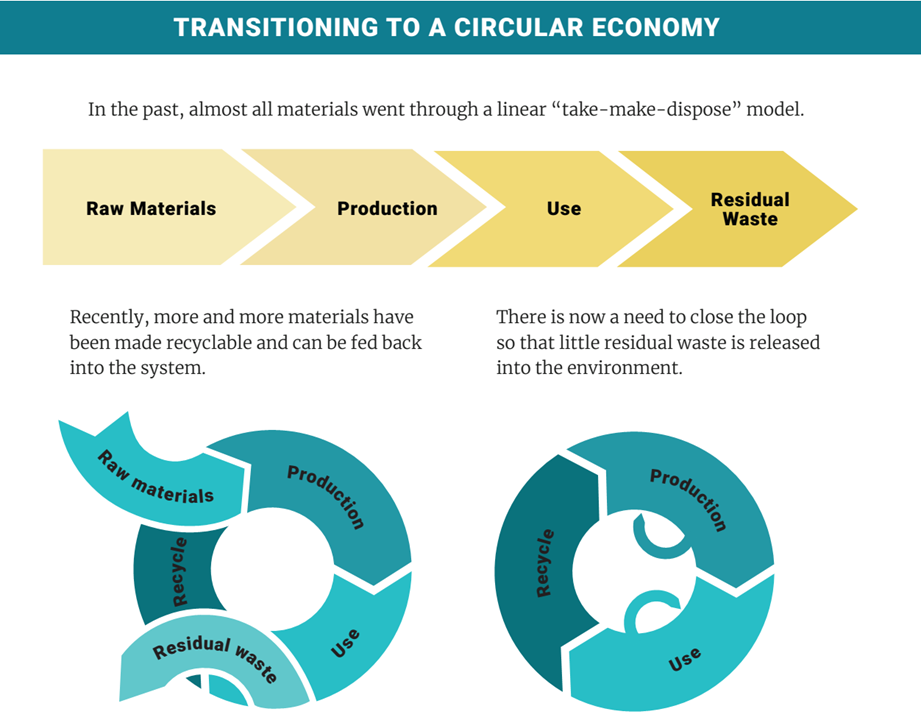


For more information, kindly refer to the following links:
- Link to report: https://www.apec.org/Publications/2020/05/APEC-Regional-Trends-Analysis—What-Goes-Around-Comes-Around
- Link to infographics: Don’t Let Waste Go to Waste: Pivoting to a Circular Economy; Uncertainty Tests APEC’s Resilience Amid COVID-19
- Link to news release: Trade and Economic Downturn Deepen Amid Tensions, Pandemic
- Link to blog: COVID-19 and the Circular Economy
This policy brief offers interesting insights into how the COVID-19 pandemic can hasten the update of Fourth Industrial Revolution (4IR) technologies that could automate and possibly eliminate certain jobs. Policymakers will need to conduct a careful, sector-by-sector and gender-based analysis of jobs at risk of automation that factors in the “New Normal.” This assessment should consider traditional dynamics while also accounting for COVID-specific variables such as post-pandemic economic considerations, emerging challenges faced by workers, and unintended impacts of crisis-response policies. As employers balance these factors in deciding on whether to automate, policymakers need to address the impact of these decisions on the jobs, income, and welfare of workers. Regional cooperation will have a role to play in providing a forum for policy coordination, development of regional public goods, and sharing of information.

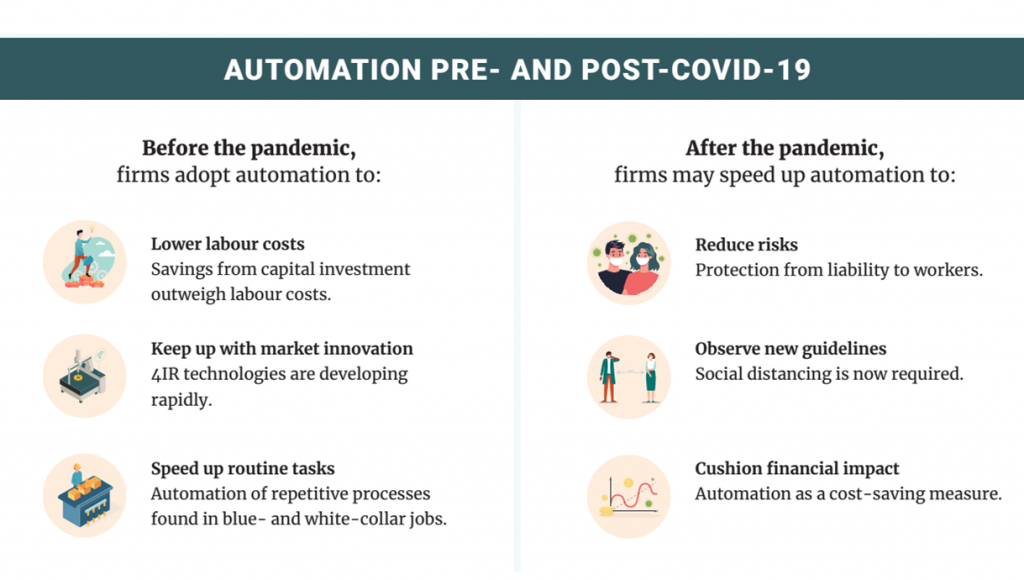
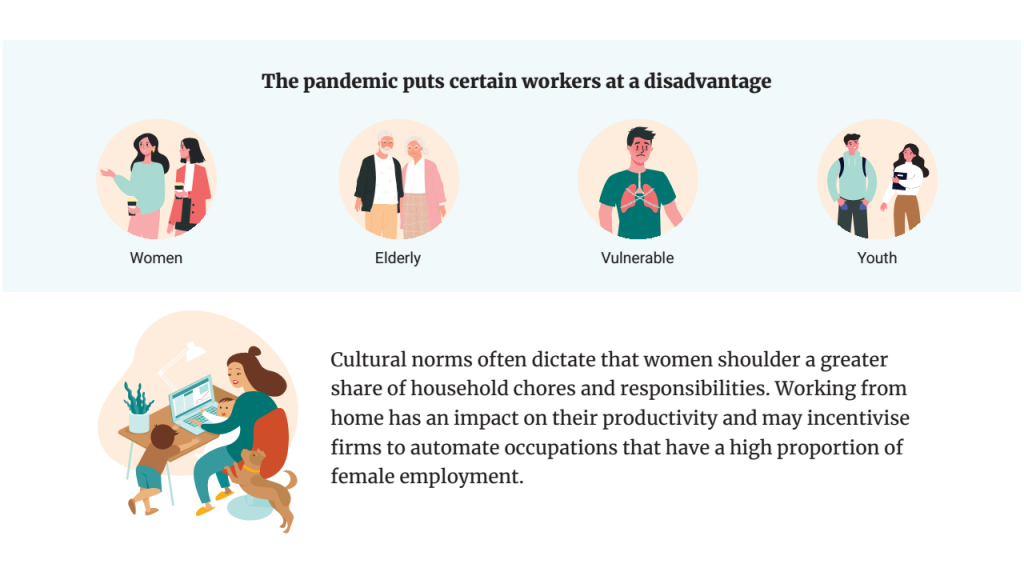
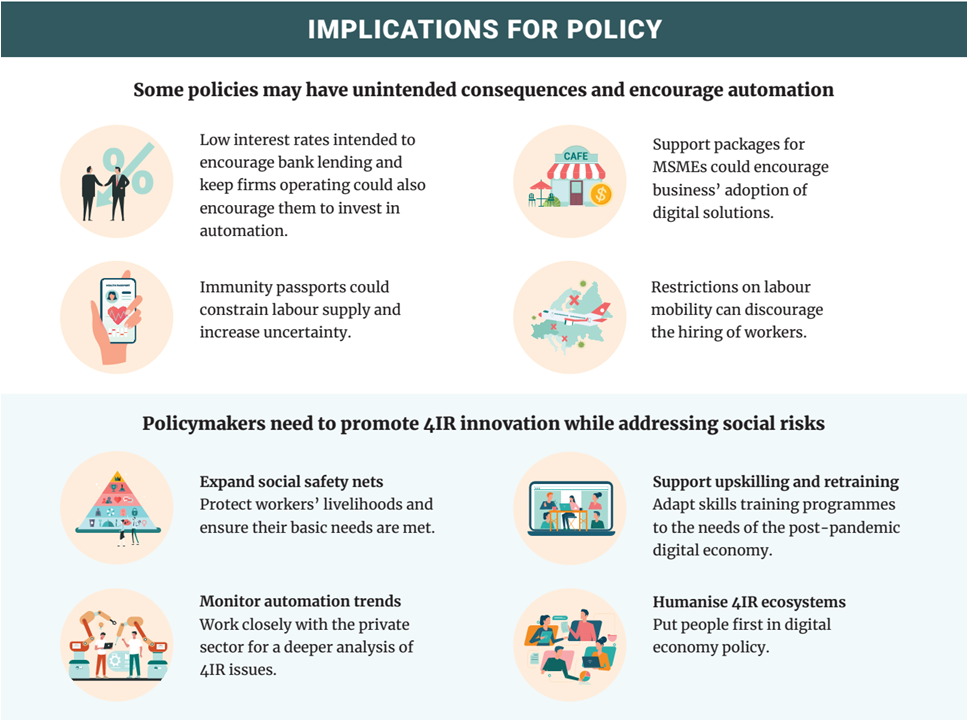
While WTO rules allow export bans and restrictions in specific situations, the implementation of such measures could affect food security. Price of food could increase, affecting mostly the poorest households.
Maize, rice and wheat contribute to around 40 percent of the global intake of calories. Looking at their stocks-to-use ratios, the food security situation is stronger now compared to the 2007–2008 global food crisis. However, these ratios are low, or not improving, in a number of APEC economies, which suggests the need to pursue open trade policies to strengthen food security in APEC economies.
Since the COVID-19 pandemic started, few export restrictions have been observed in APEC economies, but APEC needs to stay vigilant to prevent a health crisis from becoming a food crisis as well.
APEC could intensify cooperation efforts in the following areas:
- Working toward a collective commitment to avoid unnecessary export bans and restrictions on food products.
- Lowering import tariffs and other quantitative import restrictions on food products, as well as pursuing deals to maintain connectivity and avoid supply chain disruptions.
- Strengthening international cooperation and transparency to share information in a timely manner.
- Exchanging best practices on efforts to keep the food value chain moving during the COVID-19 pandemic.
For more information, kindly refer to the following links:
Link to policy brief: https://www.apec.org/Publications/2020/05/Export-Restrictions-and-Food-Security-in-the-Context-of-the-COVID-19-Pandemic
Link to news release: https://www.apec.org/Press/News-Releases/2020/0521_Food
The APEC region is now projected to contract by 3.7% in 2020 or an output loss of around USD 2.9 trillion due to the negative economic impact of COVID-19.
In 2021, APEC is expected to rebound to a growth of 5.7%, but extreme uncertainty surrounds the near-term outlook.
The strength of economic recovery hinges on the development of vaccines and treatments, prevention of further waves of the pandemic, continued fiscal and monetary support, and the resolution of trade conflicts.
Regional cooperation plays an important role towards ensuring that APEC economies are future-ready and regional economic growth is inclusive, sustainable, and resilient.
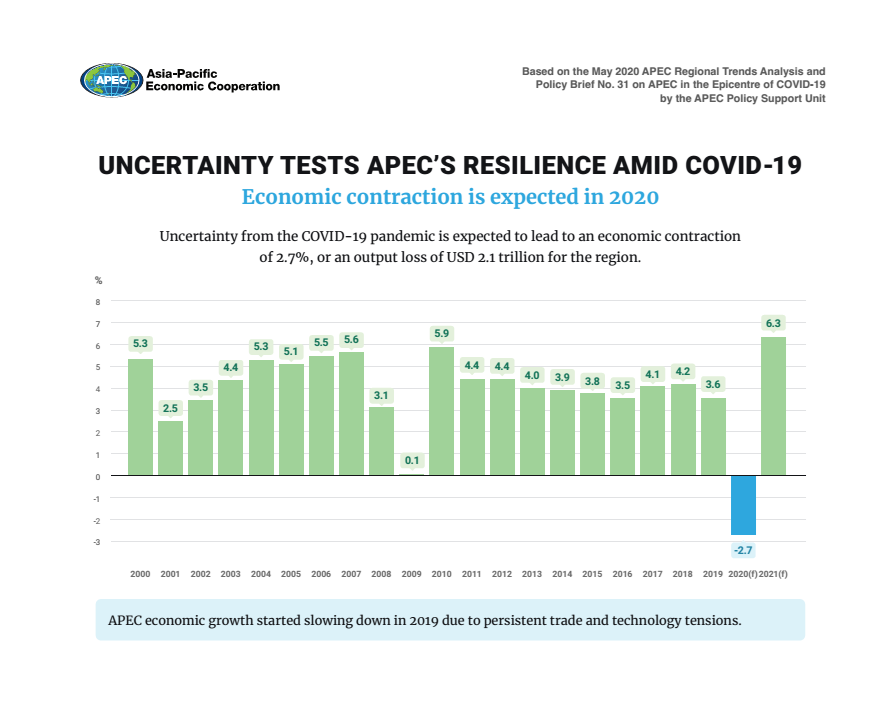
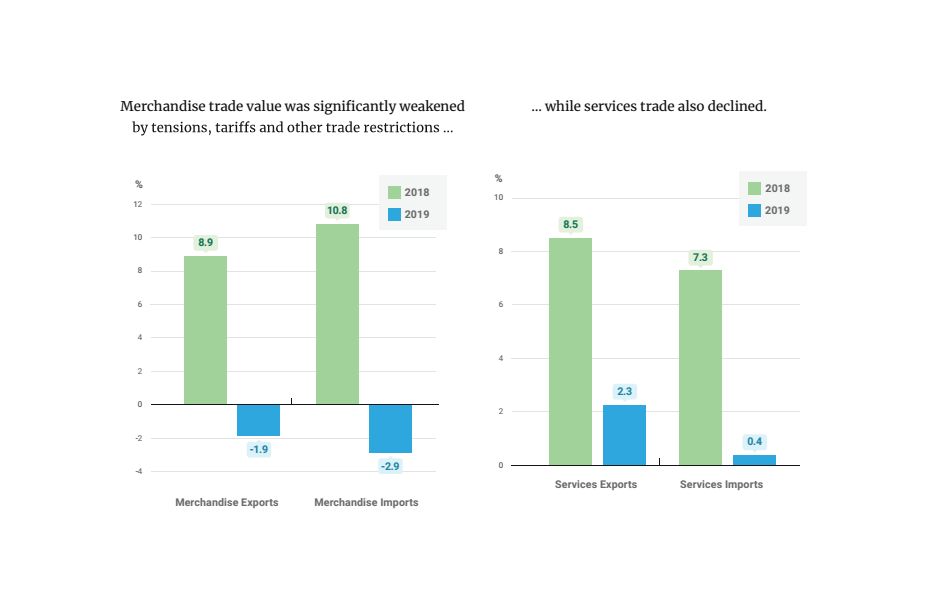
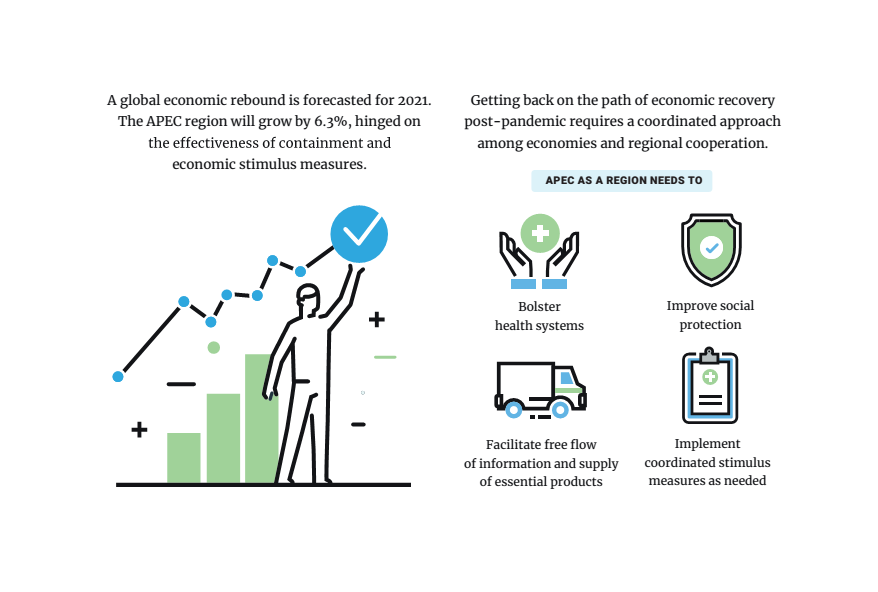
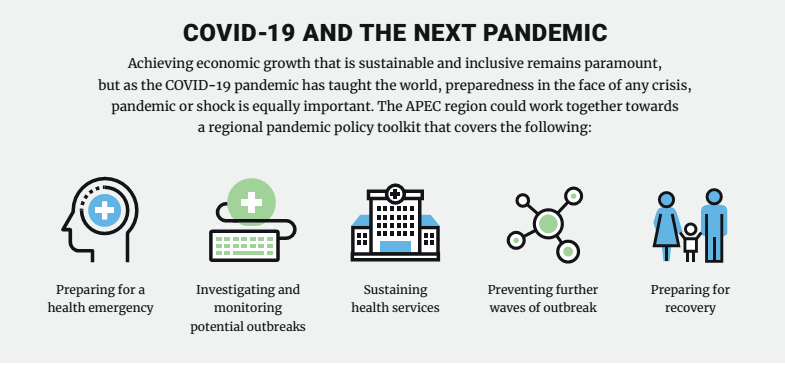
For more information, kindly refer to the following links:
- Link to paper: https://www.apec.org/Publications/2020/07/APEC-Regional-Trends-Analysis-July-2020-Update
- Link to news release: https://www.apec.org/Press/News-Releases/2020/0706_ARTA
- Link to infographic: https://www.apec.org/Press/Infographics/2020_0527_APEC-Resilience-Amid-COVID

The COVID-19 crisis has proven to be one of the most challenging moments in APEC history. While digitalization has been an ongoing process, the nature of the virus and the corresponding containment measures have necessitated that people and businesses adapt quickly. Indeed, although telecommuting was nothing more than an option available to select employees in some firms, it has become the “new normal” for a significant share of the working population. For practical reasons, this brief has been geared to provide the rationale for facilitating the adoption of digital solutions by firms and sectors that are likely to see the immediate benefits of digitalization during the crisis (e.g., food and beverage, retail, wholesale).
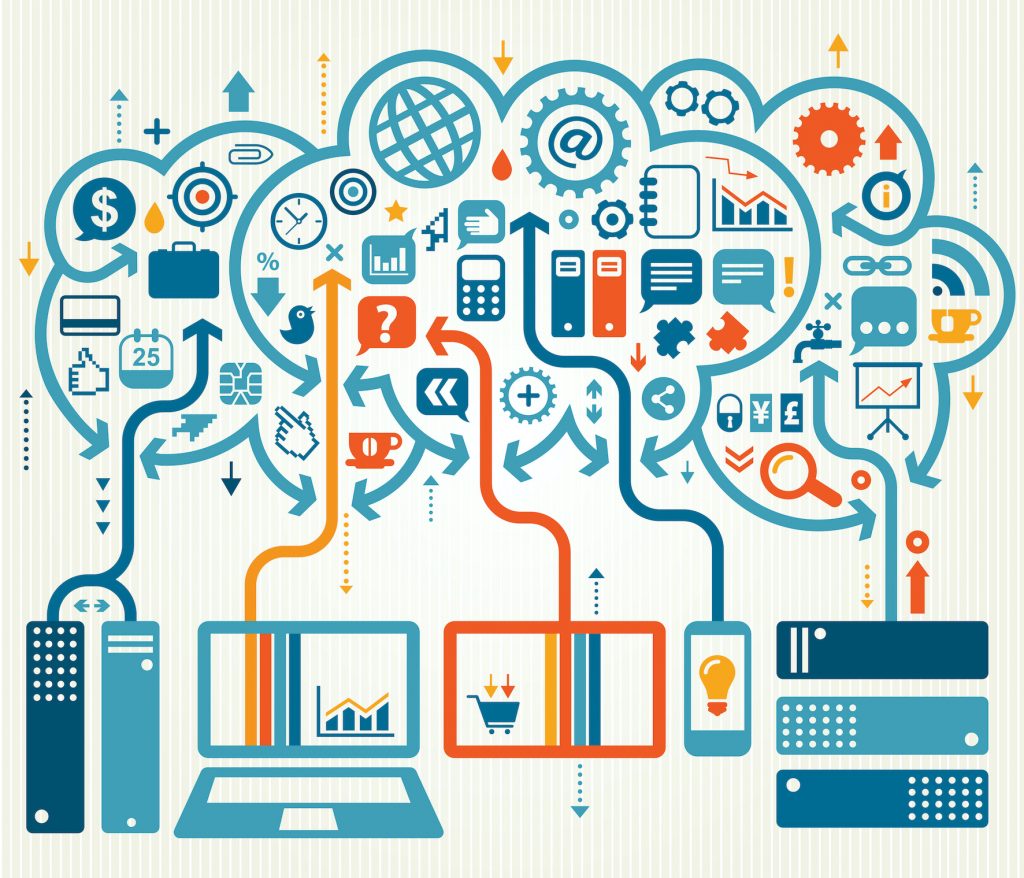
As the COVID-19 situation evolves, policymakers may wish to extend or expand support to other firms and sectors with longer term enhancements in mind, such as in the case of the tourism and hospitality sectors. Encouraging the expanded sophistication and reach of, for example, marketing and visibility-raising of products and services in the tourism industry could pay significant dividends as the region begins its post-COVID recovery. MSMEs that deal regularly with international customers – such as in the tourism and hospitality industries – would benefit from public private partnerships that enhance their access to cloud-based digital marketing solutions and digital literacy training. Such efforts could help restart critical tourism sectors hit hard by the pandemic.
For more information, kindly refer to the following links:
This annual publication provides a summary of key findings and/or recommendations from research projects undertaken by the APEC Policy Support Unit (PSU) in 2019.
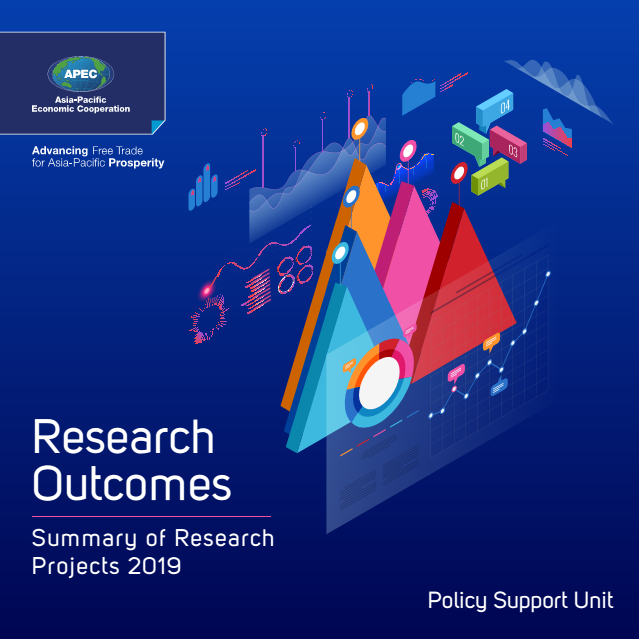
Link to publication: https://www.apec.org/Publications/2020/07/Research-Outcomes—Summary-of-Research-Projects-2019
StatsAPEC portal now sports a new look after going through a redesign. It has also been updated in June with data now available through 2018 or 2019 for most indicators and APEC economies.
StatsAPEC is a statistics portal with data dating back to APEC’s inception in 1989. The Key Indicators Database includes over 120 GDP, trade, financial and socio-economic indicators, allowing for an analysis of trends across a number of topics. The Bilateral Linkages Database facilitates detailed analysis of bilateral trade flows between APEC economies and within APEC. StatsAPEC makes it easy to examine the region as a whole as APEC aggregates are available for most indicators.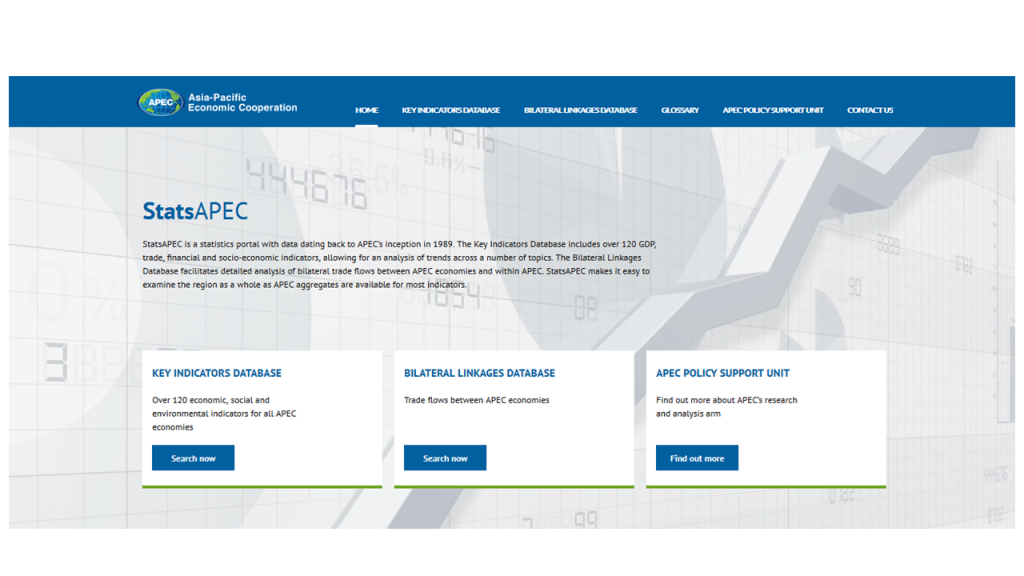 For more information, kindly refer to the following link:
For more information, kindly refer to the following link:
- Link to statistics portal: http://statistics.apec.org/
- Link to news release: Now Online: APEC’s Statistics Portal Gets a New Look
